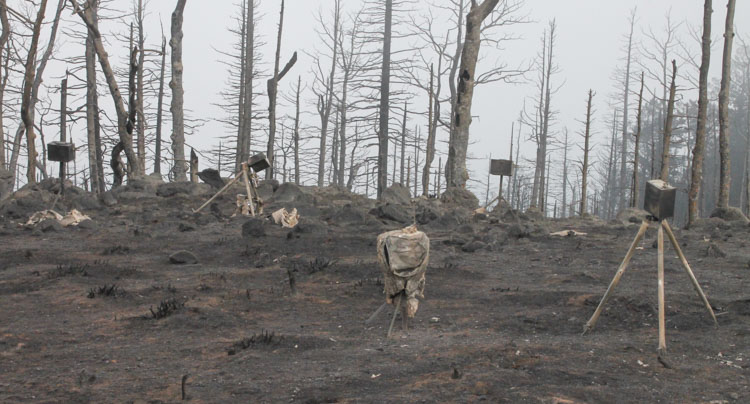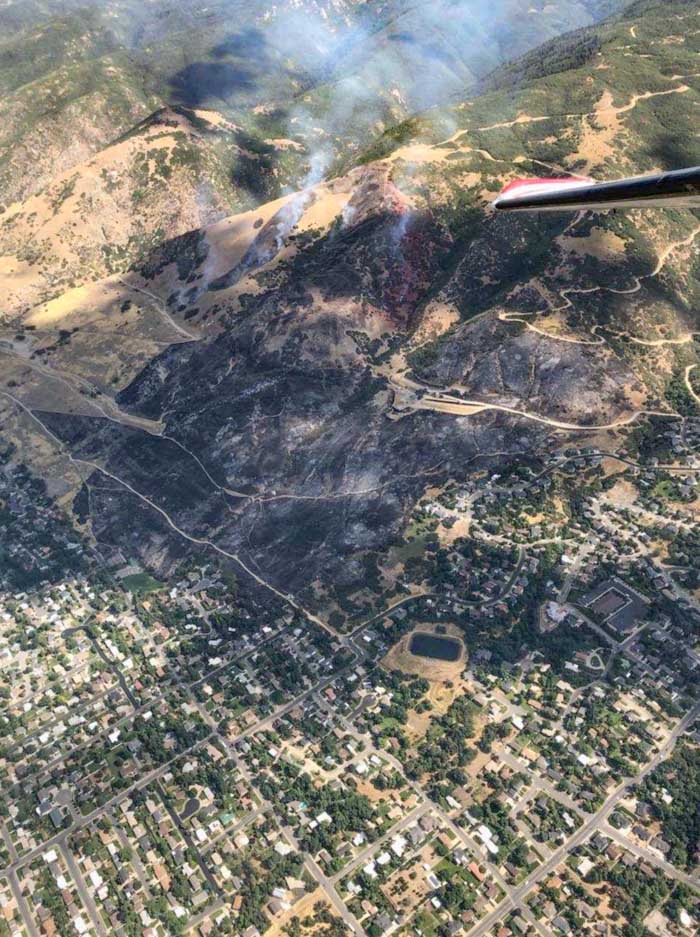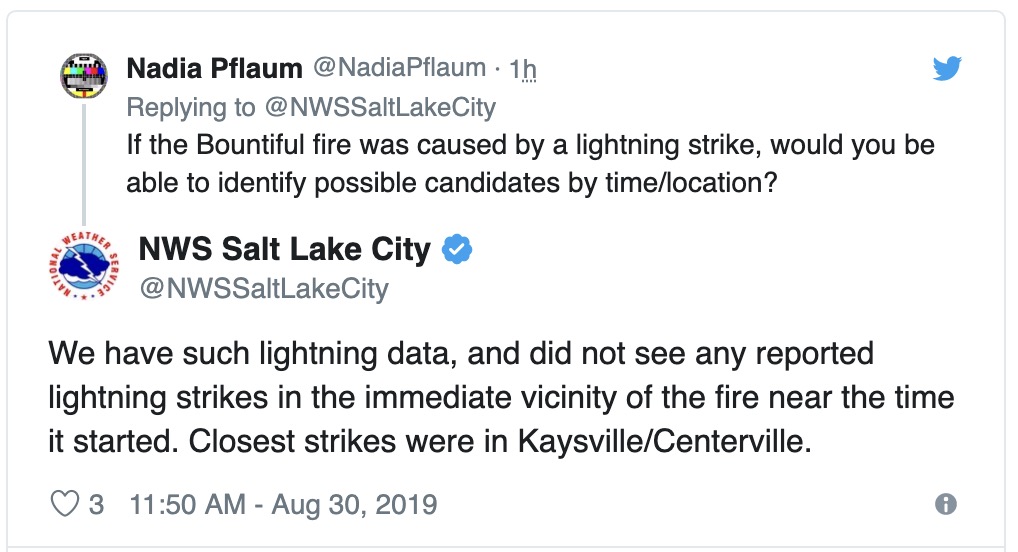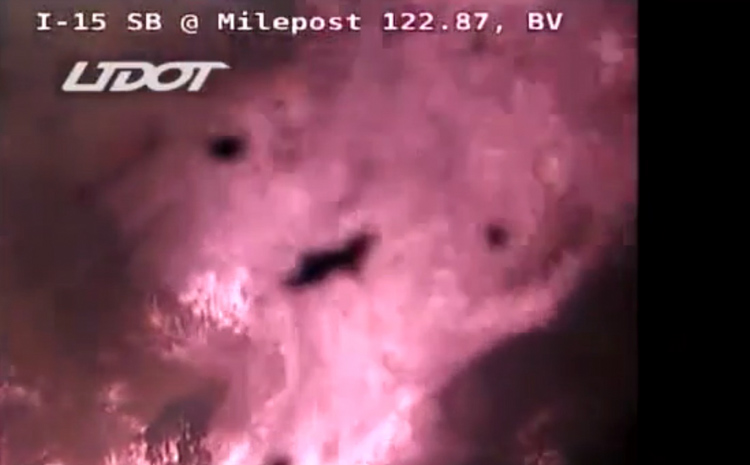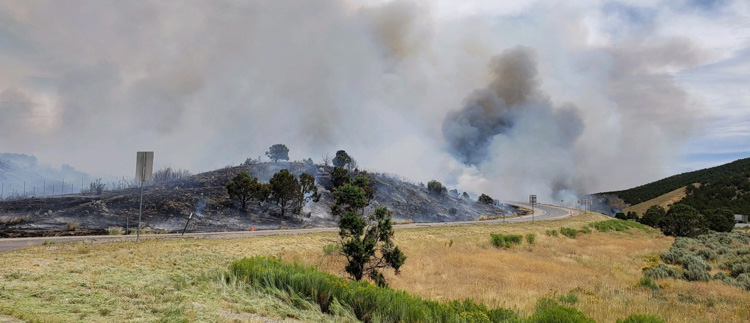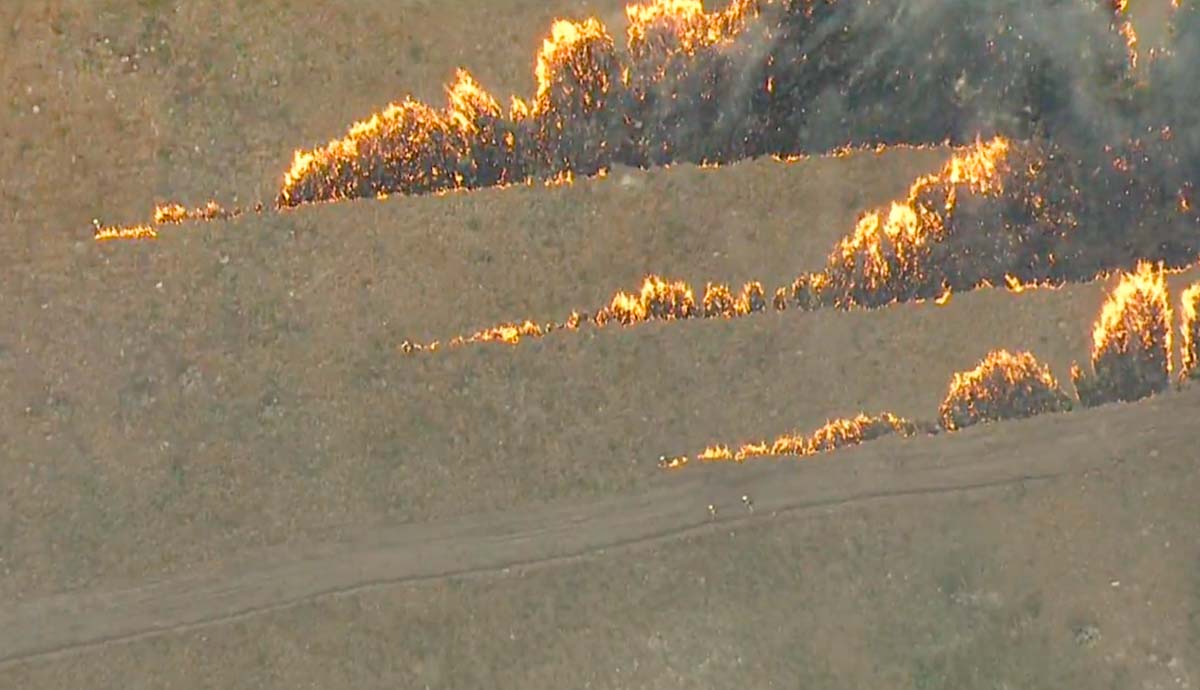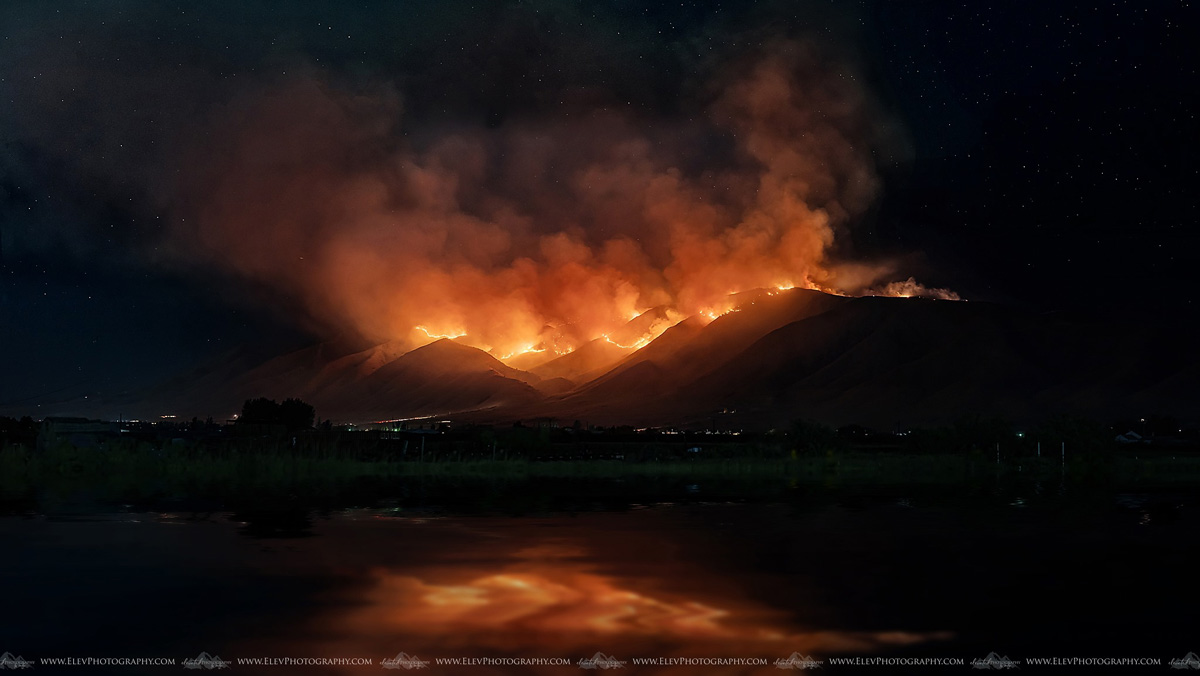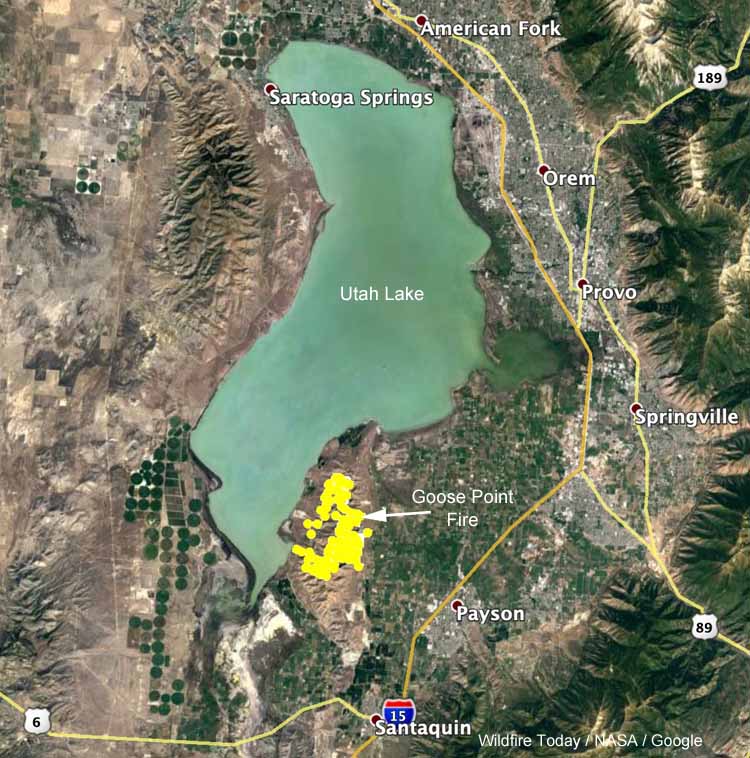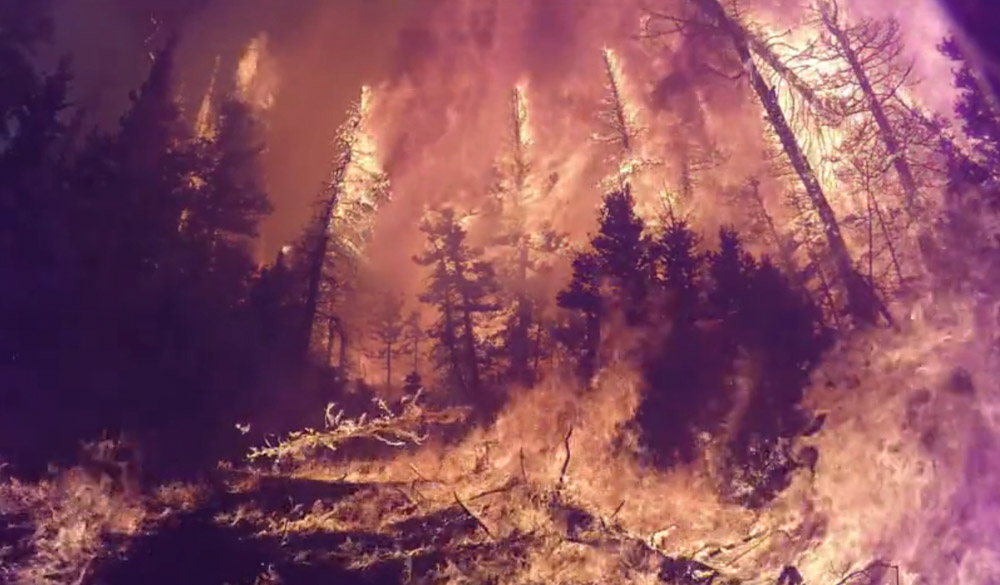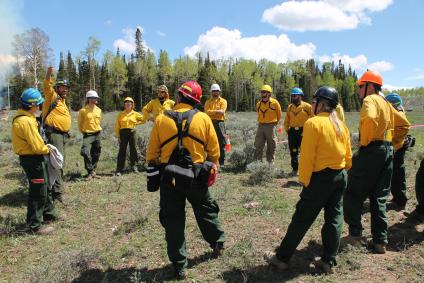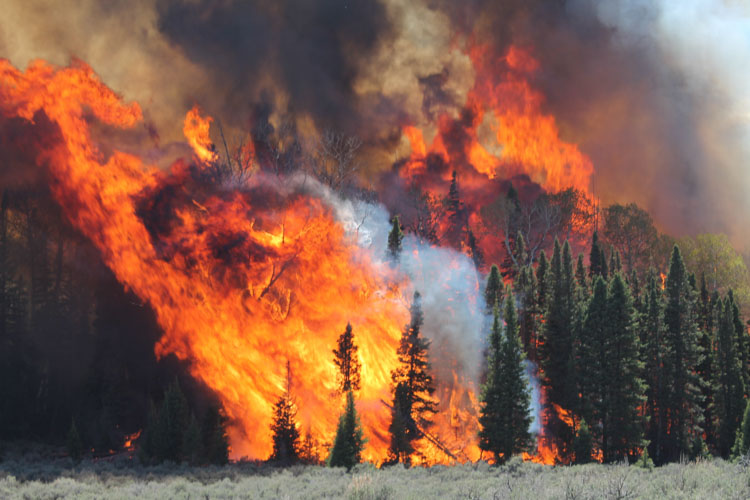
The Fire and Smoke Model Experiment (FASMEE) is a large, multi-agency effort funded by the Joint Fire Science Program and the U.S. Forest Service to identify and collect critical fuel, fire behavior, and other measurements that will be used to advance scientific understanding as well as operational and research modeling capabilities associated with wildland fire. The goal is to allow managers to increase the use of wildfire and prescribed fire.
On June 20, 2019, FASMEE completed data collection on Manning Creek, the first of two large, operational stand-replacement burns in a dense mixed conifer-aspen forest as part of FASMEE’s Phase 2 Southwest Campaign (Phase 1 was a planning phase and other campaigns are possible). The burn was conducted by the Richfield Ranger District located on the Fishlake National Forest in Utah. Over 40 scientists participated using ground sampling methods, drones carrying state of the art imagery and air quality sampling instrumentation, fire hardened video and still cameras, and LiDAR to collect a suite of data including fuel loading, fuel consumption, fire behavior, plume dynamics, and smoke data. Readers can view video and photographic imagery captured during the Manning Creek fire at https://fasmee.net/study-sites/manning-creek
Richfield Ranger District personnel will conduct a second stand replacement research fire this fall near Annabella Reservoir with over 120 scientists participating. In addition to the suite of instruments and sampling techniques deployed during the first research burn, two fixed wing aircraft including NASA/NOAA’s FIREX-AQ DC8 will be sampling plume smoke and heat release. Additional LiDAR and radar units have been acquired to better identify plume dynamics, with cameras and thermocouples added within the fire perimeter to capture data on soil heating and aspen regeneration.
